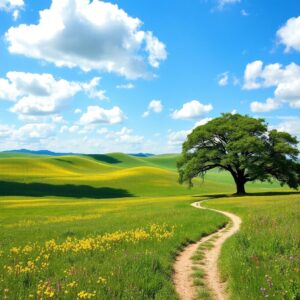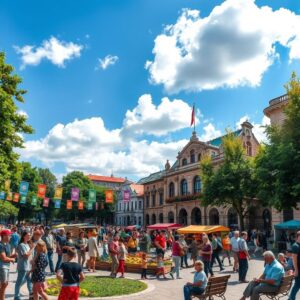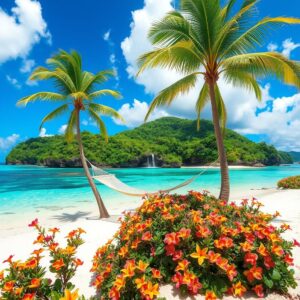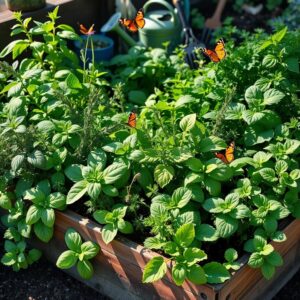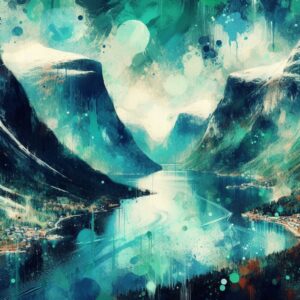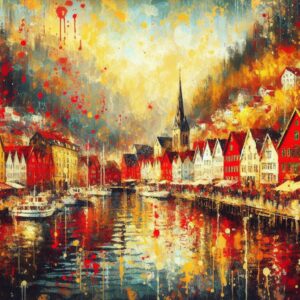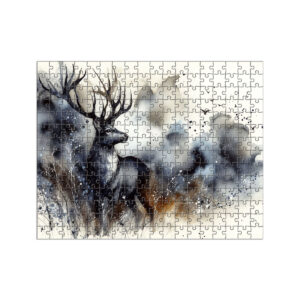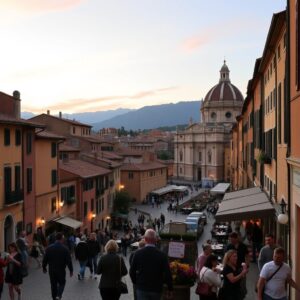
Explore & Play
Discover interesting topics and solve the accompanying crossword puzzle.
Volcano Crossword | How volcanic eruptions shape our planet and ecosystems
Table of Contents
Volcanoes are some of the most powerful forces in nature, shaping our planet in dramatic ways. To start your journey into the fascinating world of volcanic eruptions, we invite you to challenge yourself with the Volcano crossword. Whether you choose to test your knowledge first or dive into the article to learn more about these explosive wonders, you can always return to the crossword later to see how much you’ve learned.
Volcano Crossword
You can either fill in the crossword puzzle directly on this page or click the button in the bottom right corner to print it for free.
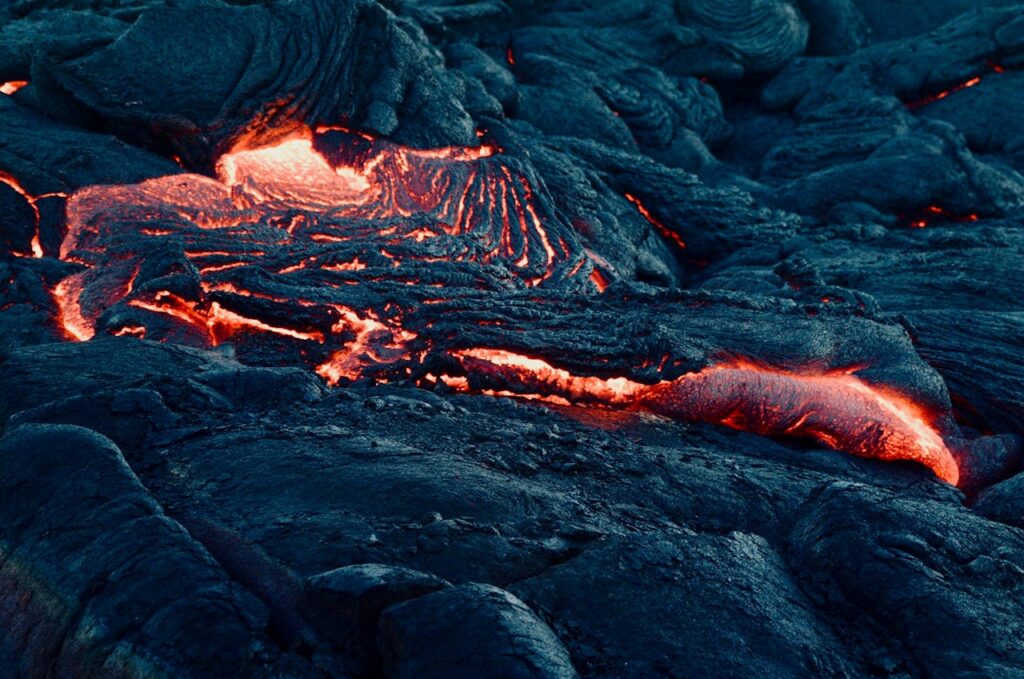
The Science Behind Volcanoes: How Eruptions Affect Our Planet
Volcanoes have fascinated and terrified humanity for centuries, shaping not only the physical landscape but also the global climate and human societies. These geological giants are as destructive as they are beautiful, and their eruptions have far-reaching consequences. In this article, we’ll explore the science behind volcanic activity, how eruptions affect the planet, and why understanding volcanoes is essential to mitigating their impact. For a fun way to engage with the topic, check out our specially designed crossword puzzle, which includes some of the most famous volcanoes from around the world.
1. Understanding Volcanic Activity
Before diving into the effects of eruptions, it’s essential to understand how and why volcanoes erupt in the first place. Volcanoes are the product of deep geological processes that occur beneath Earth’s surface, and their eruptions release vast amounts of energy, molten rock, gases, and ash into the environment. Let’s break down these processes and explore the types of volcanoes we encounter on our planet.
1.1 What is a Volcano?
A volcano is a rupture in the Earth’s crust that allows molten lava, ash, and gases to escape from beneath the surface. The structure of a volcano typically includes a magma chamber, a conduit, and a crater. The magma chamber lies beneath the surface, where molten rock collects. When pressure builds up, it forces magma through the conduit to the surface, where it erupts as lava. The surrounding landscape is often reshaped by the lava flows, creating new terrain and sometimes forming an expansive crater. Words like caldera, lava, and crater from the crossword puzzle are essential to understanding these features.
1.2 How Do Volcanoes Form?
Volcanoes form due to the movement of tectonic plates beneath the Earth’s surface. The plates are constantly shifting, and when they collide, move apart, or slide past each other, magma can rise to the surface, creating volcanoes. For instance, Mount Fuji is a stratovolcano formed at a subduction zone, where the Pacific Plate is pushed under the Eurasian Plate. This process leads to the formation of explosive volcanoes, which are typically more dangerous than their shield counterparts. On the other hand, Kilimanjaro is a dormant volcano created by rifting, a process where tectonic plates pull apart, allowing magma to rise from the Earth’s mantle.
1.3 Types of Volcanoes
There are several different types of volcanoes, each with its own characteristics and eruption patterns. The three main types are shield volcanoes, composite volcanoes, and cinder cone volcanoes. Shield volcanoes, such as Mauna Loa, are large, broad mountains formed by the eruption of low-viscosity lava that can travel great distances. Composite volcanoes, like Mount St. Helens, are steeper and erupt more explosively due to the high-viscosity lava that doesn’t flow as easily. Cinder cone volcanoes, on the other hand, are small, steep-sided volcanoes formed by the accumulation of ash and cinders.
2. How Eruptions Occur
An eruption happens when the pressure of magma beneath the Earth’s crust becomes too much to contain, resulting in explosive or effusive events. The nature of an eruption depends on various factors, including the type of magma, the amount of gas dissolved in the magma, and the type of volcano. These eruptions can be violent and dangerous, but they also contribute to shaping the planet’s surface.
2.1 The Science of Eruption Mechanisms
The eruption process is a combination of geological forces that culminate in the release of magma from deep within the Earth. When magma rises through the Earth’s crust, it can cause intense pressure to build up, especially when the magma encounters layers of solid rock that prevent it from escaping. As the pressure increases, eventually, the magma forces its way through fissures in the Earth’s surface, leading to an eruption. Explosive eruptions, such as those of Krakatoa, are caused by highly viscous magma that traps gas, building up immense pressure until it erupts violently. In contrast, effusive eruptions, such as those seen at Mauna Loa, involve less explosive lava flows, which are less dangerous but can still reshape the landscape.
2.2 Types of Lava and Pyroclastic Flows
The type of lava produced during an eruption plays a significant role in how the eruption unfolds. Pahoehoe lava is smooth and ropy, whereas aa lava is rough and jagged. Some volcanoes, like Mount Etna, are known for their slow-moving, non-explosive lava flows, which can cover vast areas. On the other hand, Mount Vesuvius, famous for its catastrophic eruption in 79 AD, is known for its pyroclastic flows, which consist of hot gas, ash, and rocks that race down the slopes of the volcano at incredible speeds.
3. Effects of Volcanic Eruptions on the Environment
While volcanic eruptions may seem terrifying, they also play a significant role in shaping the environment. From creating fertile soils to influencing global climates, volcanoes have both positive and negative impacts on the Earth’s ecosystems.
3.1 Impact on Air Quality and Climate
Volcanic eruptions can release a variety of gases into the atmosphere, including sulfur dioxide, carbon dioxide, and ash. These gases can have a profound effect on global temperatures. When sulfur dioxide is released into the stratosphere, it reacts with water vapor to form sulfuric acid, which reflects sunlight and leads to global cooling. For example, the eruption of Mount Pinatubo in 1991 caused a global temperature drop of about 0.5°C. Similarly, the eruption of Krakatoa in 1883 led to a significant cooling of the Earth’s climate, known as the “Year Without a Summer.”
3.2 Creation of New Landforms
One of the most fascinating aspects of volcanic activity is its ability to create new landforms. Lava flows can solidify and form new islands, while ash and volcanic debris can build up over time, creating mountains and craters. Surtsey, an island off the coast of Iceland, was formed by a volcanic eruption in 1963, and it continues to evolve as lava cools and new plant life takes hold. Similarly, Mount Fuji and Mount Ararat have shaped the landscapes and ecosystems around them, providing fertile land for agriculture and influencing local climates.
3.3 Impact on Oceans
Underwater volcanoes can have dramatic effects on the oceans as well. When volcanic eruptions occur beneath the sea, they can create new islands or alter the ocean floor. These underwater volcanoes, such as those found near Vesuvius, are responsible for the formation of some of the world’s most beautiful coral reefs, as well as providing a rich habitat for marine life.
4. Volcanoes and Human Civilization
Volcanoes have had profound effects on human societies, both in terms of destruction and the creation of fertile land. Throughout history, volcanic eruptions have shaped the course of civilizations, sometimes with catastrophic consequences.
4.1 Historical Eruptions and Their Impact
The eruption of Mount Vesuvius in 79 AD is one of the most famous and tragic events in volcanic history. The eruption buried the Roman cities of Pompeii and Herculaneum under a thick layer of ash, killing thousands of people. Similarly, the eruption of Krakatoa in 1883 caused a devastating tsunami that affected communities across the Indian Ocean. However, not all volcanic eruptions have been negative. Mount Fuji has been a symbol of beauty and spirituality for the Japanese people, while Mount Ararat is central to many religious and cultural traditions.
4.2 The Role of Volcanoes in Agriculture
Volcanic regions are often rich in fertile soils due to the minerals left behind by volcanic ash. Areas surrounding volcanoes like Kilimanjaro and Mauna Loa are ideal for agriculture, as the minerals from volcanic eruptions enrich the soil. Many of the world’s most productive farming regions, including vineyards and rice paddies, are located in the shadow of active volcanoes.
5. Volcano Monitoring and Prediction
With modern technology, scientists can now monitor and predict volcanic eruptions, providing crucial warnings to save lives. Through advanced monitoring techniques, we can better understand the behavior of volcanoes and take proactive steps to minimize the impact of an eruption.
5.1 Monitoring Volcanoes: Tools and Techniques
Volcano monitoring has advanced significantly over the past few decades. Today, scientists use a variety of tools to track volcanic activity, including seismographs, thermal imaging, gas measurements, and satellite imagery. For example, Mount Merapi, one of the world’s most active volcanoes, is closely monitored using these techniques, enabling authorities to provide timely warnings to local communities.
5.2 Volcanic Hazard Mitigation
In addition to monitoring, various strategies are used to mitigate the risks of volcanic eruptions. These include early warning systems, evacuation plans, and land-use zoning to prevent construction in high-risk areas. The eruption of Mount St. Helens in 1980 prompted major changes in the way volcanic hazards are managed, leading to better preparedness for future eruptions.
6. Supervolcanoes: The Global Impact of a Cataclysmic Eruption
Supervolcanoes, though rare, have the potential to cause catastrophic global consequences that are far beyond the scale of ordinary volcanic eruptions. These eruptions are capable of altering the climate and affecting life on a planetary scale.
6.1 What is a Supervolcano?
Supervolcanoes are volcanoes that produce massive eruptions, releasing enormous amounts of magma and ash. Unlike typical volcanoes, supervolcanoes have a magma chamber that is several kilometers wide. The eruption of Yellowstone or Toba would be catastrophic, with far-reaching consequences for both the climate and human populations.
6.2 Supervolcanic Eruptions and Global Impact
The eruption of Lake Toba, which occurred around 74,000 years ago, is one of the largest known volcanic events in history. The eruption caused a volcanic winter, leading to a dramatic drop in global temperatures and potentially contributing to a bottleneck in human evolution. The eruption of Yellowstone, though not imminent, could have similar effects, altering the climate for years to come.
7. Volcanoes Around the World: Famous Examples and Their Stories
Across the globe, there are many famous volcanoes that have shaped the history and landscape of the regions around them. These volcanoes have left an indelible mark on the cultures, ecosystems, and climates of the regions they dominate.
7.1 Volcanoes of the Pacific Ring of Fire
The Pacific Ring of Fire is home to some of the most active volcanoes in the world. This includes Mauna Loa, one of the largest volcanoes on Earth, Mount Fuji, a symbol of Japan, and Mount St. Helens, whose eruption in 1980 changed the landscape of the Pacific Northwest. These volcanoes are constantly monitored due to their high levels of activity, and scientists continue to study them to understand more about volcanic processes.
7.2 Ancient and Historic Volcanoes
Some volcanoes, like Vesuvius, are known for their tragic eruptions, while others, such as Mount Ararat, hold religious and cultural significance. Ararat, for instance, is famous for being the biblical resting place of Noah’s Ark, while Mount Fuji holds great spiritual meaning for the people of Japan.
Wrapping Up
Volcanic eruptions, while destructive, are an integral part of Earth’s dynamic processes. From reshaping landscapes to influencing global climates, these natural events have profound effects on the environment, agriculture, and human civilization. Understanding volcanoes not only helps us prepare for future eruptions but also reveals their role in shaping the planet we live on.
Now that you’ve learned about the fascinating science behind volcanoes, why not test your knowledge? Take a moment to play our volcano-themed crossword puzzle and see how much you’ve learned!
Share to...
I hope you enjoy the content.
Want to receive our daily crossword puzzle or article? Subscribe!
You may also be interested in
Share to…
Want to receive our daily crossword puzzle?
-
Jigsaw Puzzles
Fjord Elegance: Abstract Jigsaw Puzzle 250 | 300 | 500 Pieces
kr 348,00 – kr 439,00Price range: kr 348,00 through kr 439,00 Select options This product has multiple variants. The options may be chosen on the product page -
Jigsaw Puzzles
Bryggen Waterfront Puzzle: Vibrant Bergen Scene 250 | 300 | 500 Pieces
kr 348,00 – kr 439,00Price range: kr 348,00 through kr 439,00 Select options This product has multiple variants. The options may be chosen on the product page -
Jigsaw Puzzles
Majestic Stag Watercolor Jigsaw Puzzle 250 | 300 | 500 Pieces
kr 348,00 – kr 439,00Price range: kr 348,00 through kr 439,00 Select options This product has multiple variants. The options may be chosen on the product page
